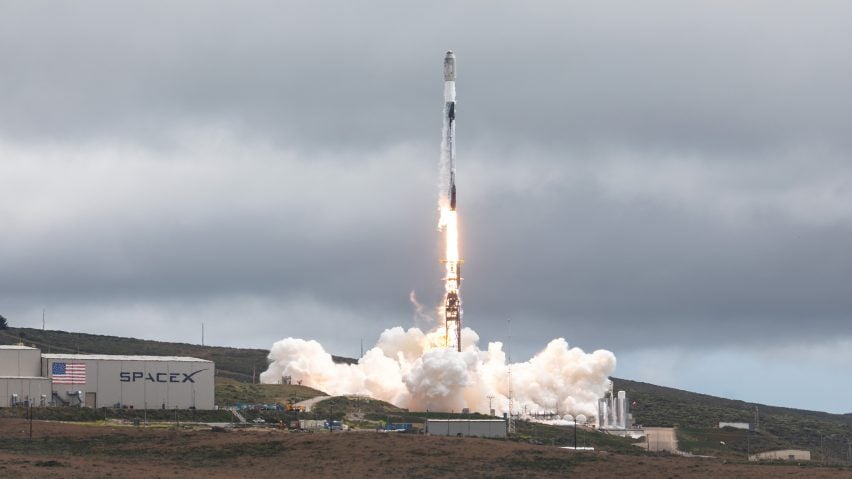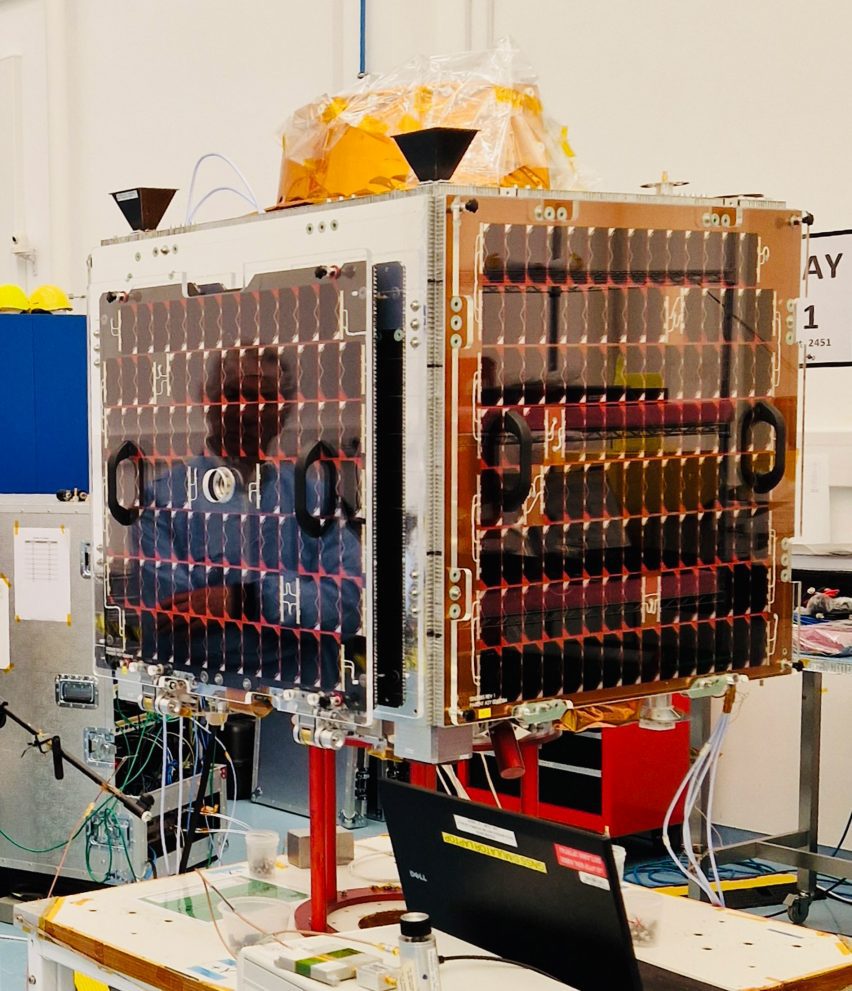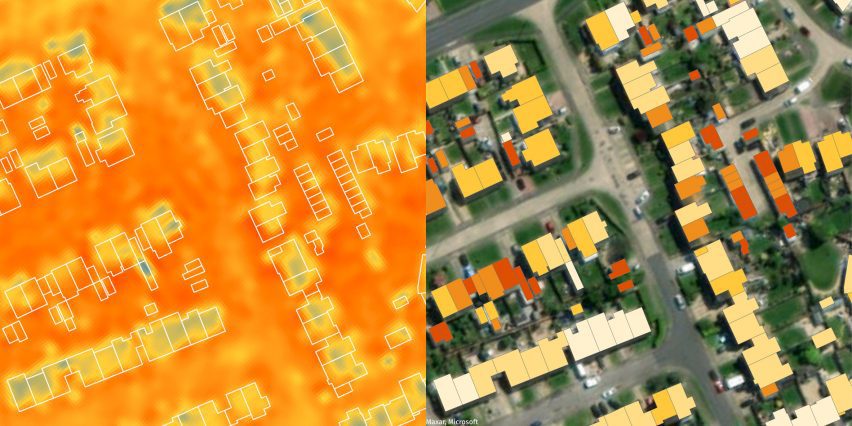
Hotsat-1 satellite launched to identify energy inefficient buildings
British technology company SatVu has launched a satellite into orbit that will map the energy efficiency of buildings from space, with the goal of identifying structures for retrofitting.
Named Hotsat-1 and dubbed a "thermometer in the sky" by SatVu, the satellite launched earlier this month with a SpaceX rocket from Vandenberg Space Force Base in California.
It is equipped with thermal imaging technology that can capture the heat radiating from structures and send the data back to Earth in near real time.

Compared with previous thermography from orbit, which is typically low-resolution, SatVu's imaging is high enough in resolution to provide specific temperature data for any structure on the planet. Its mid-wave infrared imager has a resolution of 3.5 metres per pixel.
SatVu expects to use the Hotsat-1 to assess heat loss in buildings, measure energy effiency and spot faults in solar farms.
It will sell its data commercially to governments and organisations for the purpose of strategic planning, saying it will help them to meet their goals for net zero carbon emissions.
The data can be used to, for assistance, identify buildings for retrofitting or counteract the effects of urban heat islands by planting trees.
"Hotsat-1 represents a paradigm shift in commercial thermal imaging technology," said SatVu co-founder and CEO Anthony Baker.
"By harnessing the unique power of infrared technology, SatVu provides an innovative, practical solution that will revolutionise global analysis, enabling governments and commercial organisations to detect changes and anomalies across buildings and essential infrastructure, and take proactive steps to mitigate environmental impact."

SatVu expects to receive the first images from Hotsat-1 in July and to start commercial operations in October. The satellite is just the first of eight it plans to launch into orbit to carry out these operations.
In addition to measuring energy effiency, the satellite has the potential to provide insights into industrial activity, because the changing heat signature of a factory over time can give clues as to its output.
Hotsat-1 was designed and manufactured in partnership with another British company, Surrey Satellite Technologies, and partly funded by the UK Space Agency.
According to the World Green Building Council, buildings are currently responsible for 39 per cent of global energy-related carbon emissions, 28 per cent from operational emissions such as heating and cooling and the remaining 11 per cent from materials and construction.
Residential retrofitting is a hot topic in the UK, which has the oldest and most poorly insulated housing stock in Europe.
Effectively retrofitting UK housing will require a compromise between performance and heritage, a number of architects have recently told Dezeen.